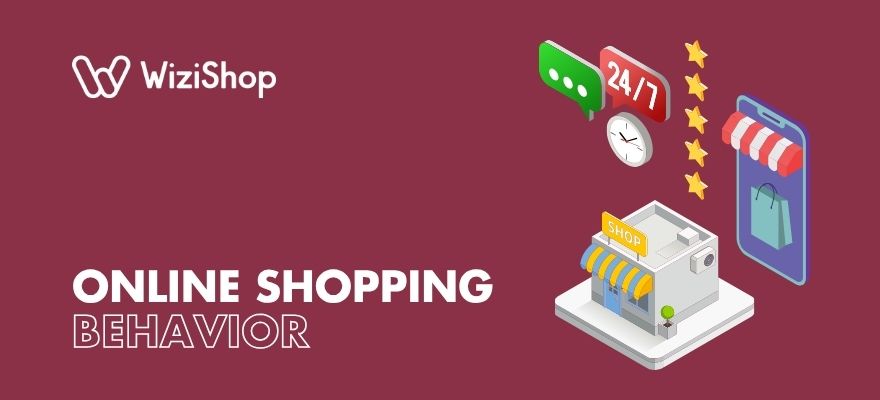Key points in this article:
- The smartphone has become the priority screen for online shopping: everything must be designed mobile-first.
- The customer journey is omnichannel and constantly moves from digital to in-store.
- Authentic reviews, ratings, and content influence more than advertising.
- Personalization and transparency about data build trust.
- The new key levers are videos, live shopping, augmented reality, influencers, and AI.
Ecommerce is no longer what it was in the 2000s, when you had to turn on your computer, listen to the gentle hum of your DSL modem, wait patiently for your antivirus software to start up, and finally open your web browser to try to access an ecommerce site.
→ Enjoy a flashback with our article on who created online shopping.
Nowadays, the internet is everywhere, especially in our pockets, with access to goods and services through a wide range of media, particularly social networks. An influencer posts a story on your favorite platform, an ad pops up on YouTube, a podcast talks about the latest news in your field of interest, and before you know it, you’re tempted to buy!
These levers are all online shopping behaviors that you should be aware of as the owner of an ecommerce business. In this article, we’re going to break these trends and habits down together, with examples and insights from the most inspiring minds on the web!
Table of contents
- Behavior #1: Smartphone as the priority screen
- Behavior #2: An omnichannel and fragmented purchasing journey
- Behavior #3: Seeking reviews and social proof
- Behavior #4: The need for personalization
- Behavior #5: The need for immediacy and simplicity
- Behavior #6: Ethical and responsible commitment
- Behavior #7: Immersive content (video, live, 3D/AR)
- Behavior #8: Sensitivity to data processing
- Behavior #9: Creator-driven social commerce
- Behavior #10: AI shopping assistants and generative search
- Behavior #11: Hunting for deals and flexible pricing
- Behavior #12: Product returns
Behavior #1: Smartphone as the priority screen
Today, it’s no longer simply a matter of “optimizing your site for mobile”: the smartphone has become the natural gateway to ecommerce.
The majority of product searches, price comparisons, and online purchases begin directly on a phone screen.
According to a Statista report, m-commerce (ecommerce on mobile) represents 63% of total retail ecommerce transactions!
Consumers don’t expect a store to “adapt” to mobile devices: they want an experience that’s designed from the outset for this medium, one that is fast, clear, and intuitive.
This radically changes the way an ecommerce website is designed.
On mobile devices, attention is more fragmented: people browse a store between WhatsApp messages, on public transportation, or while watching a TV series.
There is virtually zero tolerance for friction. An extra second of loading time, a form that’s too long, or poorly adapted visuals are enough to scare potential customers away.
According to WebSitePulse, a delay of 1 to 3 seconds in loading a page would increase the bounce rate by 32%, meaning that users would simply abandon the page...
Conversely, a smooth experience creates a reflex in the user’s daily life and encourages them to return.
So, it’s easy to see that the key points of good navigation are as follows:
- Speed: An ecommerce site should have pages that load instantly, images optimized without losing quality, and navigation without slowdowns.
- Visuals adapted to the vertical format: product photos and videos should be designed for the portrait format, immersive and impactful, just like the content we consume daily on TikTok or Instagram.
If you choose the square format like Farmacy Beauty for your store, no problem: you can easily adapt the visuals to add information about them and offer a carousel of images to “flip through” by swiping, just like on your favorite social media platform!
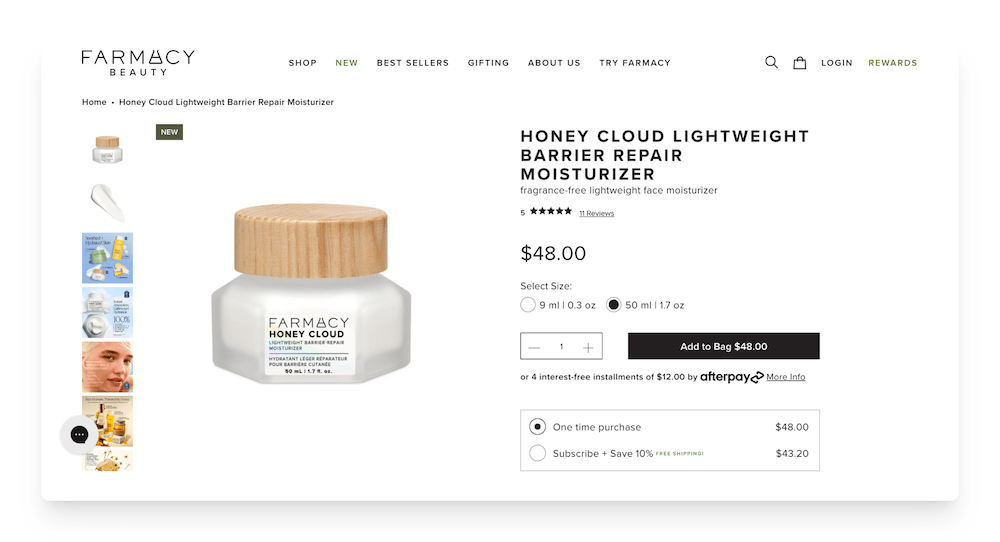
- One-click checkout: a checkout process reduced to the bare minimum, allowing customers to confirm their order with a single click, without having to fill out endless fields.
- Integrated wallets: Apple Pay, Google Pay, and PayPal are becoming the norm, offering unbeatable security and speed.
On the Brooks website, you can see that the choice of shipping option is located directly in the shopping cart, allowing you to quickly move through the checkout process, with the certainty from the very beginning that you will be able to pay using your preferred payment solutions.
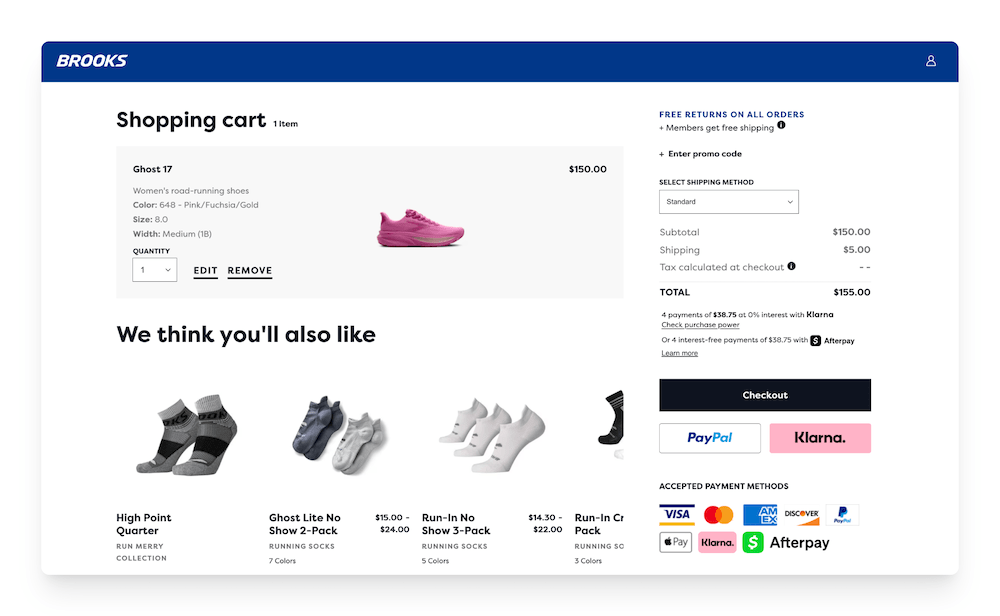
You can create an account or check out as a guest and be guided towards a frictionless purchase.
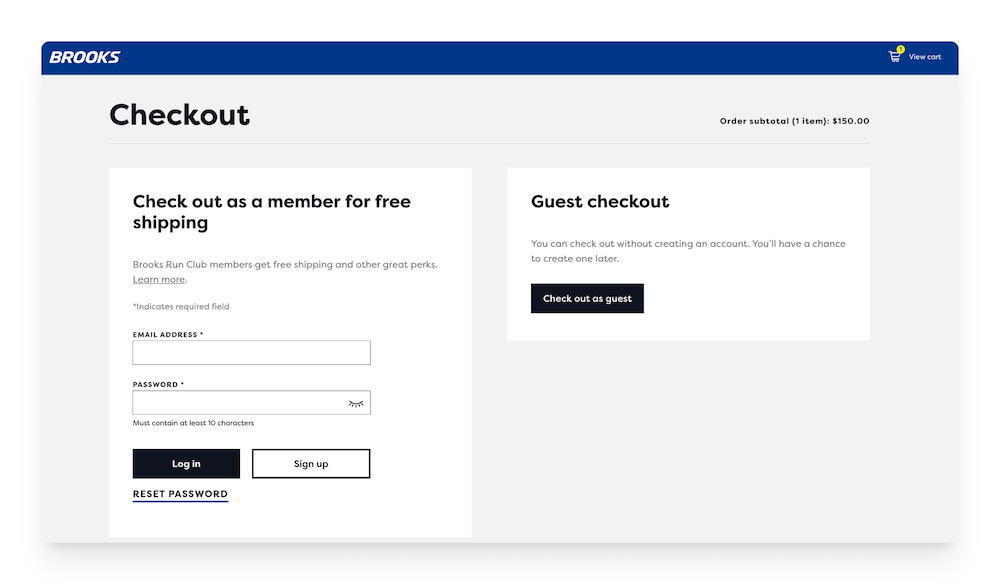
Thinking mobile-first is no longer an option; it’s a necessary condition for capturing and retaining shoppers in 2025, which now requires offering omnichannel ecommerce to optimize buying experiences and meet customer expectations!
Behavior #2: An omnichannel and fragmented purchasing journey
Consumers no longer follow a straight line: their buying journey is a patchwork of digital and physical channels and touchpoints.
Let’s try to understand the stages from discovery of the item to the final purchase:
- The internet user discovers an item via an influencer on the Instagram social media platform.
- They continue their research on Google from their computer.
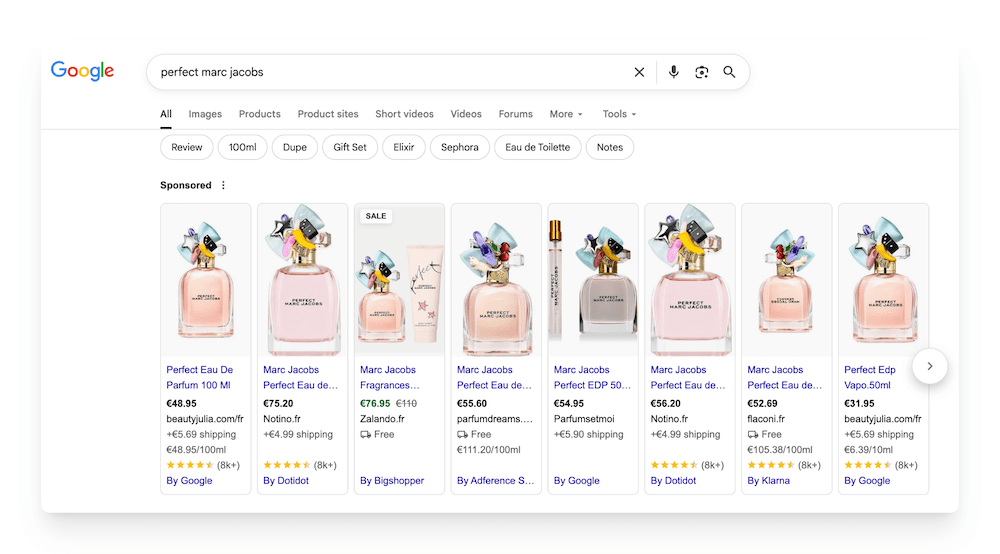
- They add an item to their basket on the site or mobile app.
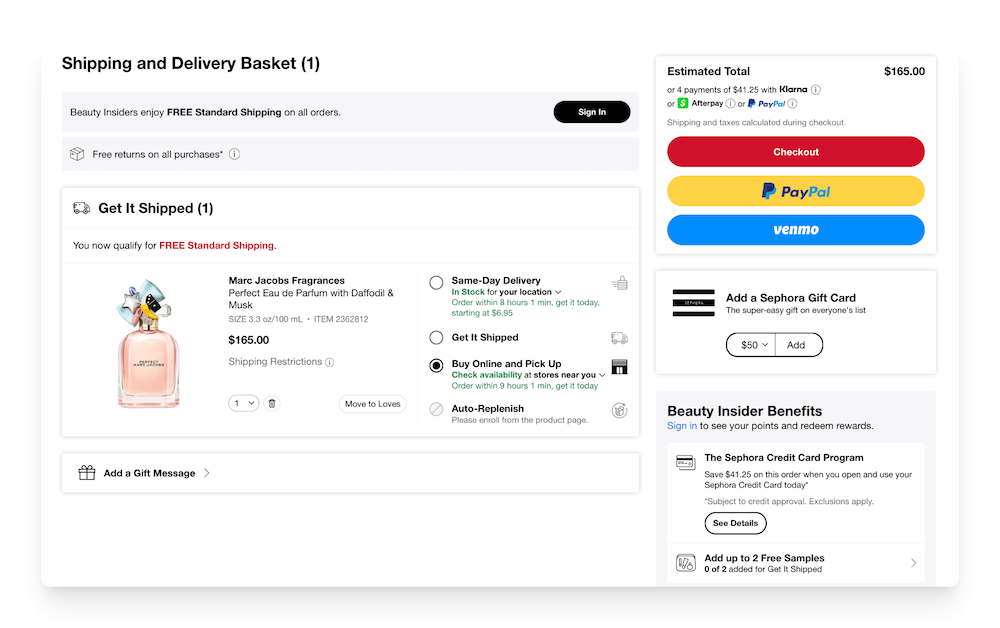
- Then, they complete the purchase in store using in-store pickup.
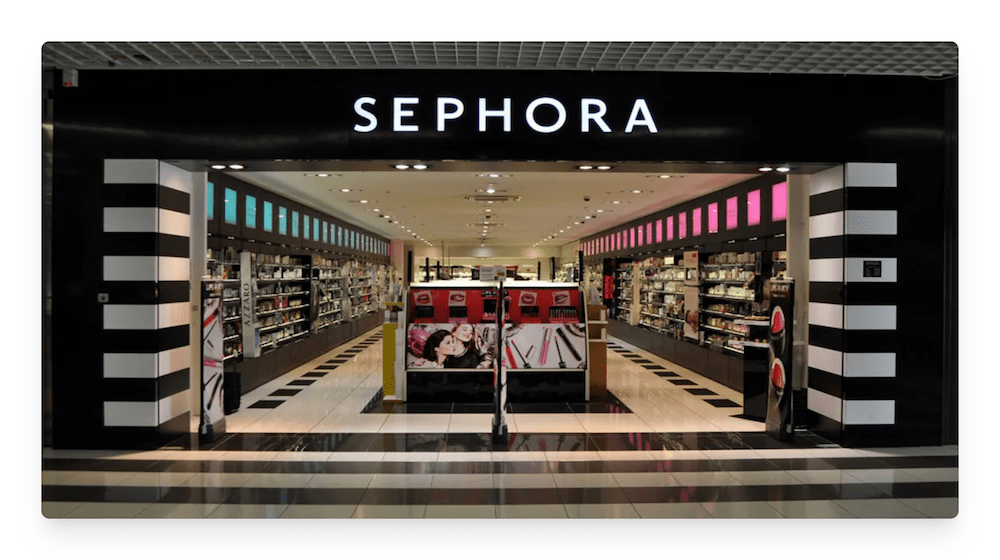
→ Read more about brick and mortar vs. online.
This constant back-and-forth illustrates one truth: for the consumer, the digital and physical worlds are no longer separate, but rather facets of the same shopping experience!
The goal of ecommerce is no longer to control the customer journey (customers will always choose the path that suits them best), but to ensure that everything is seamless and connected, wherever the consumer may be.
A consumer who changes devices or channels should never feel like they’re starting from scratch. Their shopping cart, favorites, and history should always be accessible.
The location where the item is picked up must be flexible: click and collect, online reservation and in-store pickup, try before you buy... These are all bridges that meet the needs of hurried or hesitant shoppers.
Omnichannel isn’t a constraint; it’s a tremendous opportunity: the more e-retailers increase the number of consistent and complementary touchpoints, the more they increase their chances of conversion and loyalty.
→ Check out our article on the advantages and disadvantages of ecommerce.
Behavior #3: Seeking reviews and social proof
In 2025, consumers trust other consumers more than brands themselves.
Before making a purchase from a business, they scrutinize ratings, read testimonials, and watch videos from real users. This quest for reassurance isn’t a minor detail: it can change a decision in seconds.
Based on data from DemandSage, almost 93% of consumers consult online reviews before making a purchase. According to a BrightLocal report, 83% of consumers use Google to find reviews!
A well-presented item without a single review will often be less convincing than a similar item with a hundred customer reviews, even if they’re imperfect, but above all with expectations that the company manager will provide a response.
In fact, once again based on the BrightLocal report, 87% of consumers would choose a business that responds to both positive and negative reviews (as opposed to those that respond to only one or neither).
Shoppers are looking for authenticity: they want to see concrete, positive but also nuanced experiences that confirm that the purchase is safe and secure, and that they’ll not be the only ones to trust your store.
Social proof now takes several forms:
- Ratings and stars, visible at a glance, which immediately influence the perception of quality, such as those offered on the Zalando site.
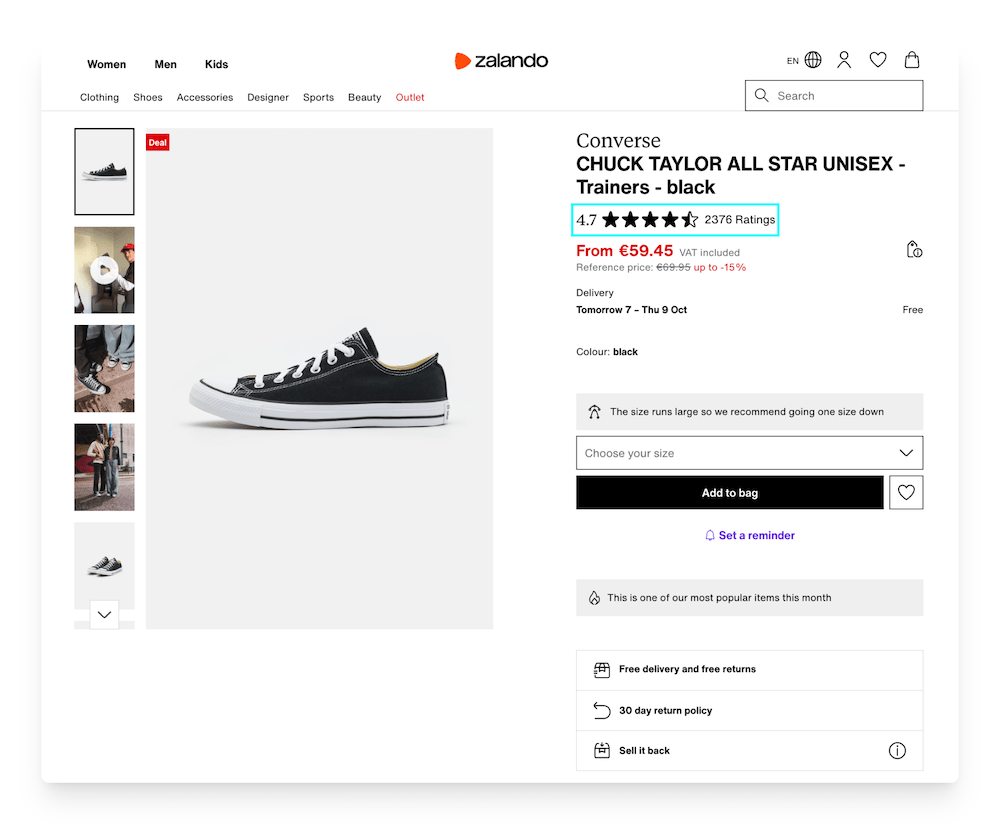
- User-generated content (UGC), such as authentic customer photos or videos.
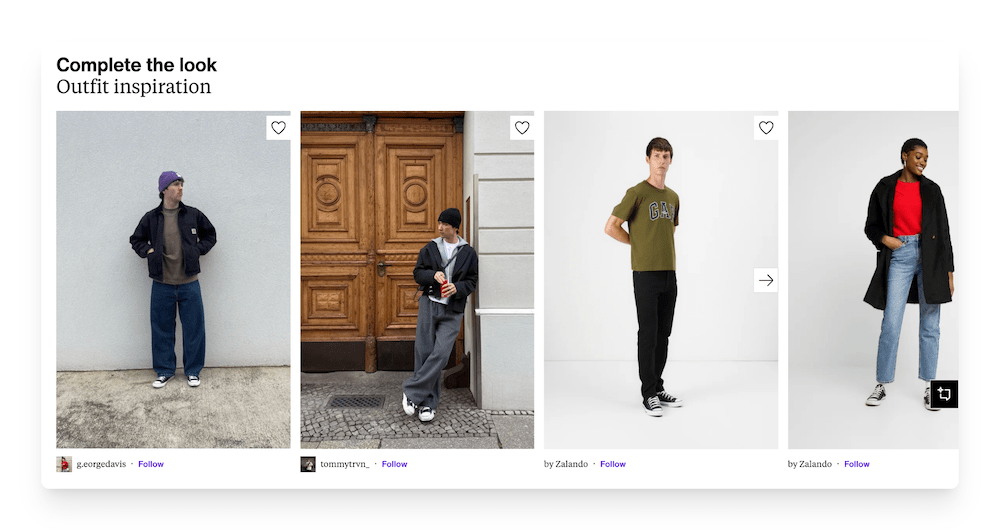
- Filmed video reviews, which provide proximity and credibility compared to overly perfect visuals.
How do websites use this to influence consumer decisions and behavior?
- They seek to collect as many customer reviews as possible. After a purchase, we often receive a small automatic reminder to leave a review or comment, as seen here with the Grammarly email. The more reviews there are, the more reassured future buyers are to make the right decisions.

Source: Really Good Emails
- They showcase their customers. A photo taken by a user, a video of an unboxing, a sincere testimonial or review: these are valuable pieces of content that brands display on their product pages, in their emails, or on their social networks, like here with Chewy.
- They carefully choose where to display this evidence. Not just on the product page, but also in the shopping cart or at checkout, right when you’re hesitating, like on Amazon product pages.
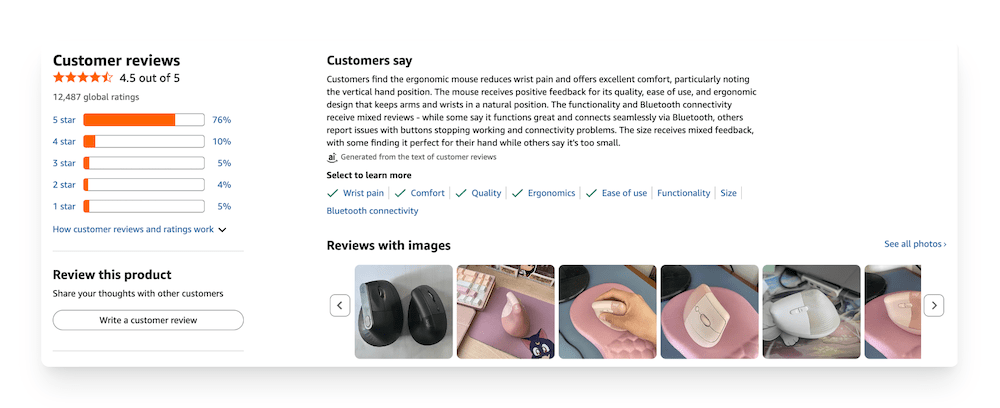
But these opinions aren’t just useful for the consumer: they’re lessons to be integrated by the e-retailer to constantly improve their services and offer a tailor-made experience to their customers, in particular to retain as many customers as possible over the long term.
Behavior #4: The need for personalization
In 2025, online shoppers no longer want a standardized experience. They won’t identify with a website that offers the same products, in the same order, with the same messages for everyone.
They expect stores to adapt to them, their tastes, their behaviors, and their purchasing context.
This demand for personalization is fueled by their everyday experience on major platforms: Netflix suggests movies that match their tastes, Spotify creates customized playlists to suit their listening habits, and Amazon recommends products related to their recent purchases.
And with their everyday non-ecommerce habits, they naturally become accustomed to this “tailored” experience and now expect it everywhere... including on smaller online retail sites.
Personalization isn’t limited to product recommendations. It must permeate the entire buying journey.
But be careful: personalization doesn’t mean being intrusive. Today, what matters is not being intrusive, but being relevant. Too much data or a message that is completely off the mark can quickly turn people off.
So how do websites find the right balance?
- They offer smart suggestions. Instead of randomly pushing an item, they suggest meaningful associations: “Those who bought X also liked Y” or “Complete your routine with…” The idea isn’t to scam, but to simplify life, like here with Lowe’s.

- They use recent history or tracked navigation. The famous “Recently viewed” or “Last viewed” sections help you find what you were looking at without starting from scratch, like here on Zalando.
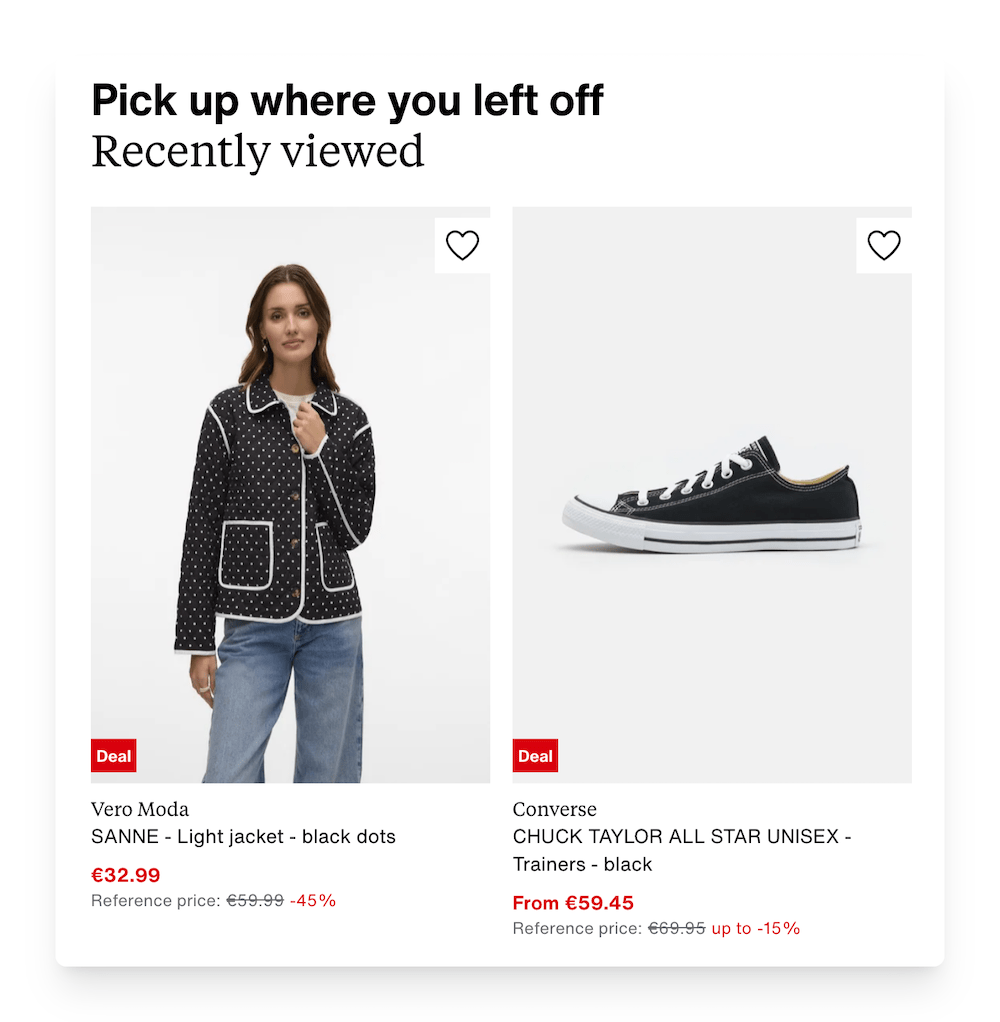
- They tailor messages. A generic email is less effective than a personalized recommendation based on an article they’ve purchased or recently viewed, with their first name at the top of the email, as done in this example from Levi’s.
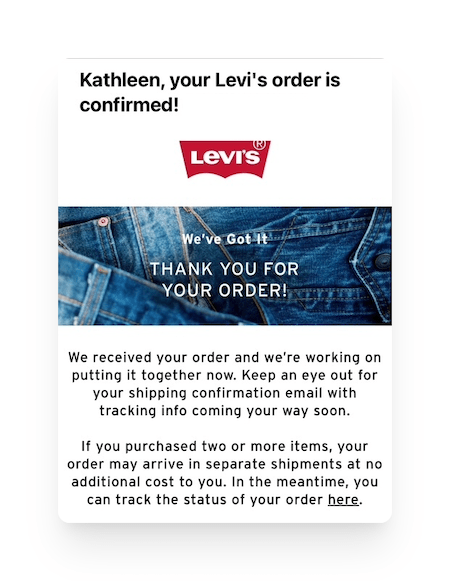
When done well, personalization gives the impression that a website has been designed specifically for you, without ever making you feel like you are being watched. And that is where true success lies: not just pushing people to buy, but building a lasting relationship of trust in a simple way.
Behavior #5: The need for immediacy and simplicity
Because today’s consumers have become intolerant of slowness and complexity. Accustomed to the instant gratification of the apps they use every day, they expect the same responsiveness from ecommerce.
Instant gratification is not a luxury, it has become the norm.
When a buyer clicks on “Buy Now,” they want to be sure that their order will be processed immediately, easily tracked, and that if there’s a problem, they’ll get a response without delay.
In a context where attention is fragmented and alternatives are just a click away, every second counts.
Simplicity can be summed up in one phrase: zero friction.
No unnecessary steps, no endless forms, no complicated return procedures.
In concrete terms, this translates into:
- Flexible and fast shipping and delivery. You’re able to choose your delivery slot and method (home delivery, pick-up point, automated locker).
- Hassle-free returns. A pre-printed label and quick refunds: the simpler it is, the more confident you feel.
- Responsive support. Rather than an email that takes 48 hours to get a response, instant chat or an intelligent assistant that resolves the issue in seconds will be available.
To offer this impression of fluidity, websites deploy several strategies:
- Instant customer service: live chat, AI-powered FAQs, and the ability to speak to a human when the situation is too complex, as is the case here with Ford.
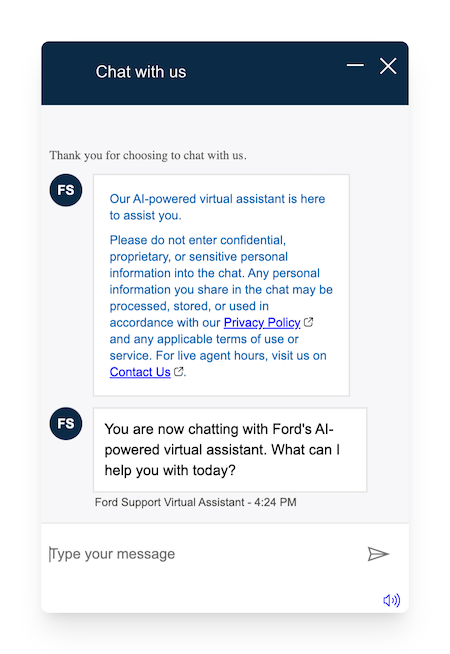
- A streamlined checkout process with fewer unnecessary steps, guest checkout, address autocomplete, and fast payments via Apple Pay or Google Pay.
- A variety of delivery options: locker, pickup point, express, scheduled delivery, etc. Offering more choices gives customers a greater sense of control.
- Simplified returns: manage them in three clicks, track your package easily with efficient shipping solutions, all as seen here with Decathlon.
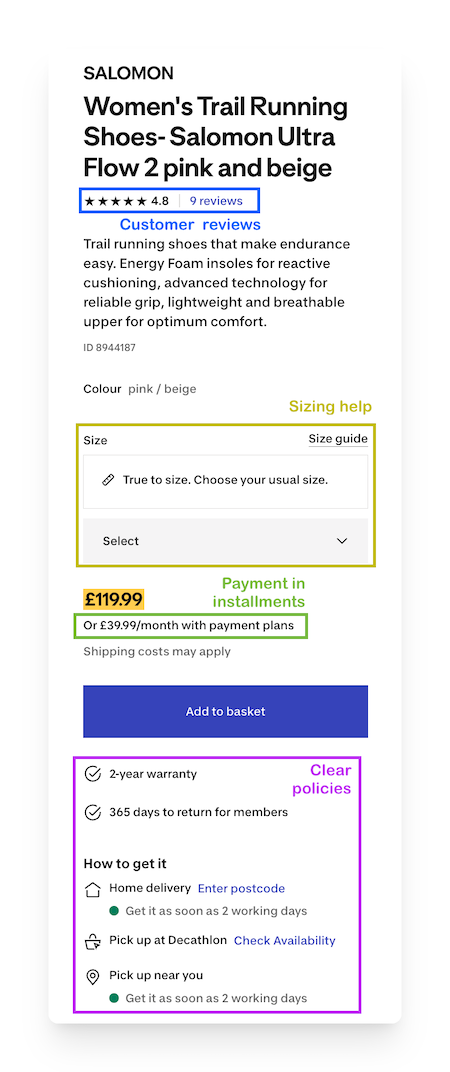
Ecommerce seeks to give the illusion that everything is immediate and effortless. And that’s where the key lies: a customer who has encountered no obstacles along the way will have every reason to return.
If, in addition, the e-merchant is committed to causes that are important to them, giving meaning to their purchases, online sales become an act of charity.
Behavior #6: Ethical and responsible commitment
Consumption is no longer just about “treating yourself”: more and more shoppers want their choices to reflect their values.
Sustainability, transparency, and responsibility have become criteria that are just as important as price and quality when considering what products to purchase on the digital or physical shelf.
Consumers want to know not only what they are buying, but also how it’s made, transported, and recycled.
This change no longer affects only a militant minority: it now extends to a much wider customer base that is concerned with reducing its ecological footprint or supporting ethical companies.
According to insights from PWC, consumers are willing to pay 9.7% more for a product if it is sustainably produced.
A product labeled “recycled,” “reconditioned,” or “fair trade” is now more likely to be chosen than an equivalent item without a stated commitment.
This expectation translates concretely into the following:
- A demand for transparency on prices and impact: Where do the materials come from? How is the price set? How significant is the ecological cost of transportation services? Crucial information that Zara includes directly on each product page.
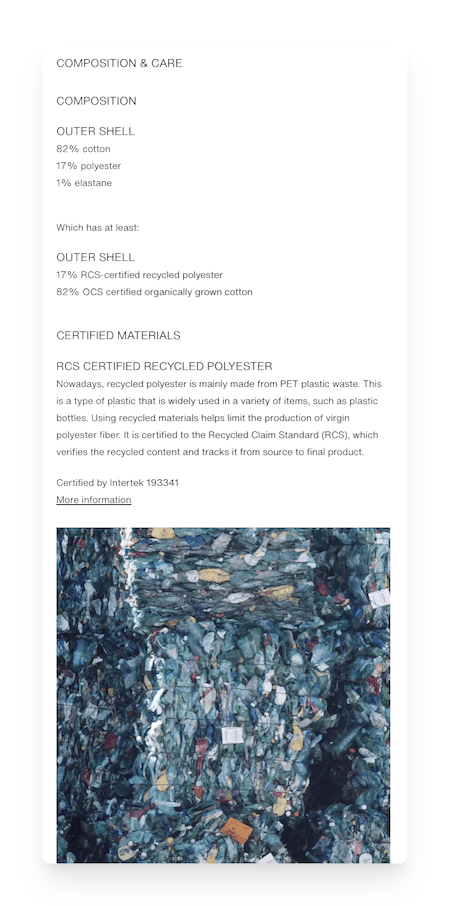
- The importance of repairability and second-hand goods: rather than systematically replacing them, customers appreciate options that extend the lifespan of products or the certainty that the object is repairable, like we see with the French repairability index.
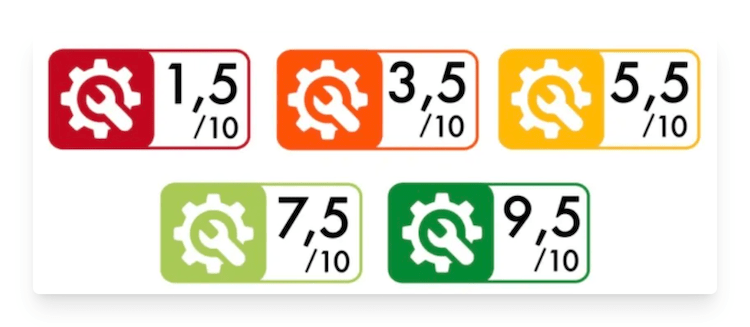
- The importance of take-back, recycling, or reconditioning services and programs, which allow us to consume while reducing waste, as Madewell does with its Madewell Forever program.
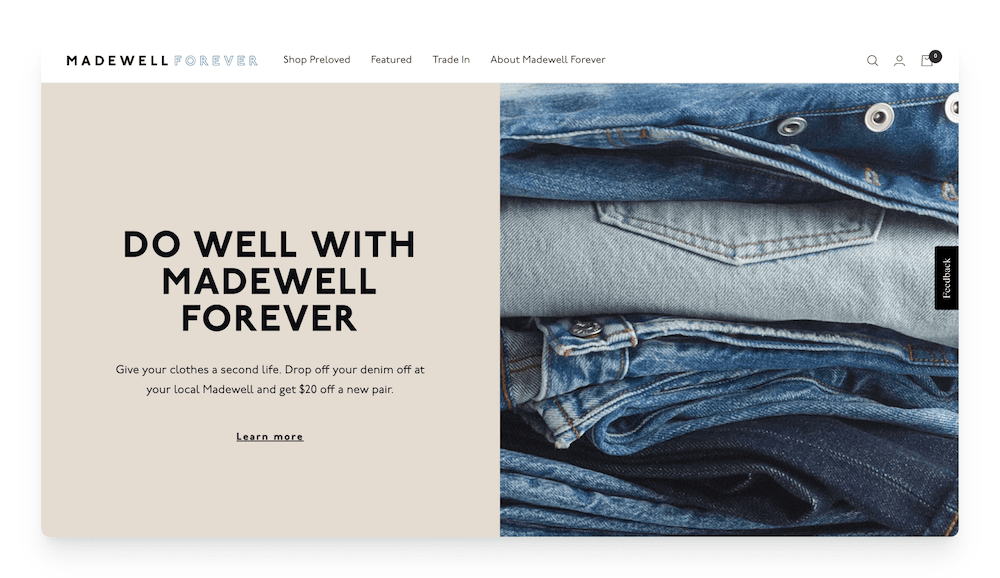
Today, many buyers no longer simply consider price or delivery speed. They also want to know what’s behind the item: where it comes from, how it was made, and what impact it has on the environment or society. It’s this need for commitment that’s driving brands to adapt their messaging and practices to meet the expectations of their customer base.
But one central point always comes up in marketing: authenticity. Consumers are quick to spot “greenwashing” or overly vague rhetoric that hides false environmental commitments…
According to Wikipedia, “Greenwashing is a marketing or public relations tactic used by an organization to create a false image of environmental responsibility. Most often, the expenditures are more for advertising than for actual environmental and sustainable development actions.”
What really helps convince shoppers is tangible proof of what your business promises: statistics and concrete and verifiable initiatives, even if they’re still imperfect.
Once the consumer is convinced by the brand and its identity, all that’s left is to offer a vision to convert the experience: to finally get the customer to click the “Buy Now” button. And for that, there’s nothing better than giving the impression of already knowing the product, as if it had already arrived at the customer’s home!
Behavior #7: Immersive content (video, live, 3D/AR)
Online shopping is becoming increasingly visual and designed to offer an immersive experience.
All the trends on the internet prove it: consumers are no longer satisfied with simple photos. They want to see, test, and understand the item before they even have it in their hands. Video, live shopping, and 3D or augmented reality (AR) technology perfectly meet this need by offering an experience that’s close to reality.
Product videos
Video has become one of the essential trends in digital marketing. A 30-second demo of the item is often better than a long technical description: it showcases the object, demonstrates how it’s used, and reassures consumers about its quality.
Short videos, in the spirit of TikTok, Shorts, or Reels, fit perfectly with consumer habits: these formats can easily be integrated into product pages to adapt to m-commerce.
Live shopping
Another powerful marketing tool in ecommerce: live shopping is one of the top trends in Asian markets and is becoming increasingly popular in Europe and the United States, particularly on TikTok since the launch of TikTok Shop.
It combines live demonstrations, interaction with a community, and immediate purchasing, much like the teleshopping we used to watch on television in the mornings when we were younger, but here on a smartphone screen.
Customers ask questions in real time, see the item being handled, and get caught up in the momentum of a “fleeting” event that encourages spontaneous purchases.
This format is obviously at its peak in Asia: Live Shopping influencer Zheng Xiangxiang can sell dozens of items in just a few seconds!
Augmented reality
3D and AR technology are transforming the way we discover a product. Being able to rotate an object 360°, enlarge it, or even project it into your living room using augmented reality significantly reduces doubts and therefore returns.
These technologies are no longer reserved for giants: accessible solutions now allow small stores to integrate them into their product pages, such as Vectary or 3D Cloud software for renderings as realistic as this one:
Immersive content is more than just a gimmick: it’s become a trusted standard. By allowing customers to visualize their experience with products before buying them, brands are reducing the distance between screen and reality, bringing each click closer to conversion, thanks in part to (healthy) data collection.
Behavior #8: Sensitivity to data processing
In 2025, it’s no longer a question of whether your ecommerce business’s customers are concerned about their personal data: it’s a certainty. After years marked by news stories, massive leaks, and concerns about AI technology, trust has become a decisive factor in choosing an online store.
Today’s consumers are not opposed to sharing information. On the contrary, they understand that their data offers helpful insights that can be used to improve their experience, personalize offers, or simplify navigation. But they want to do so with complete transparency and security. If your business’s practices are unclear or your pages convey an impression of doubt, the purchase will come to a screeching halt.
In concrete terms, this means three main requirements:
- Clear and unambiguous consent. No more pre-checked boxes and misleading forms: customers want to know exactly what they’re agreeing to and be able to easily change their choice, as on the Chupi website.

- Impeccable payment security. Certification logos, reinforced protocols, two-factor authentication... Anything that reinforces the feeling of protection inspires confidence, as the Baymard Institute tells us in 2025 regarding the reasons for shopping cart abandonment, with payment security coming in third place.
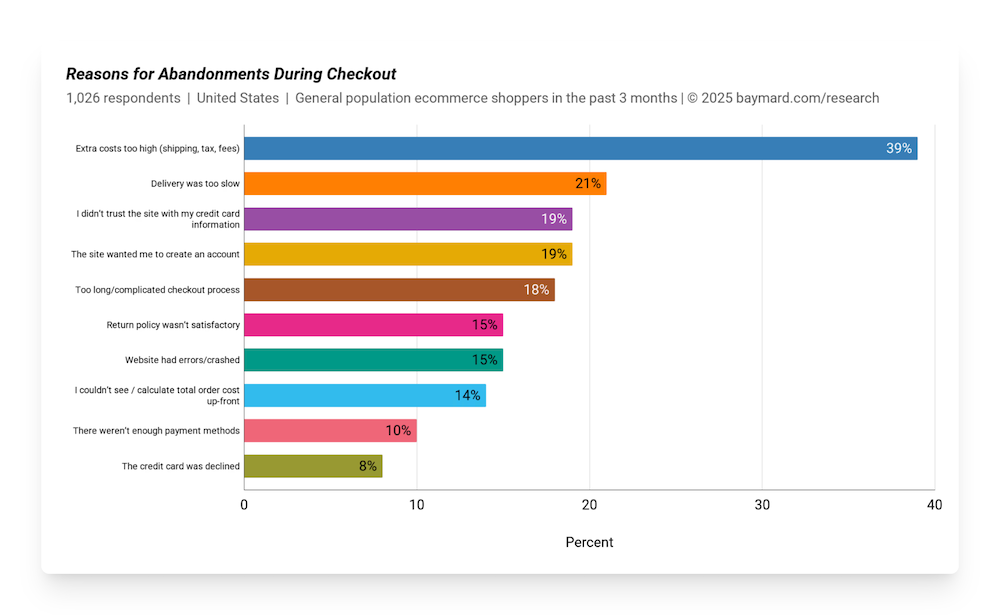
On the internet, the issue of personal data has become central. Websites are no longer satisfied with just grand promises; they’re multiplying their efforts to inspire trust.
First, we’re seeing much clearer consent banners, accompanied by educational pages that simply explain the use of data, as seen here at the entrance to the Cult Beauty website.
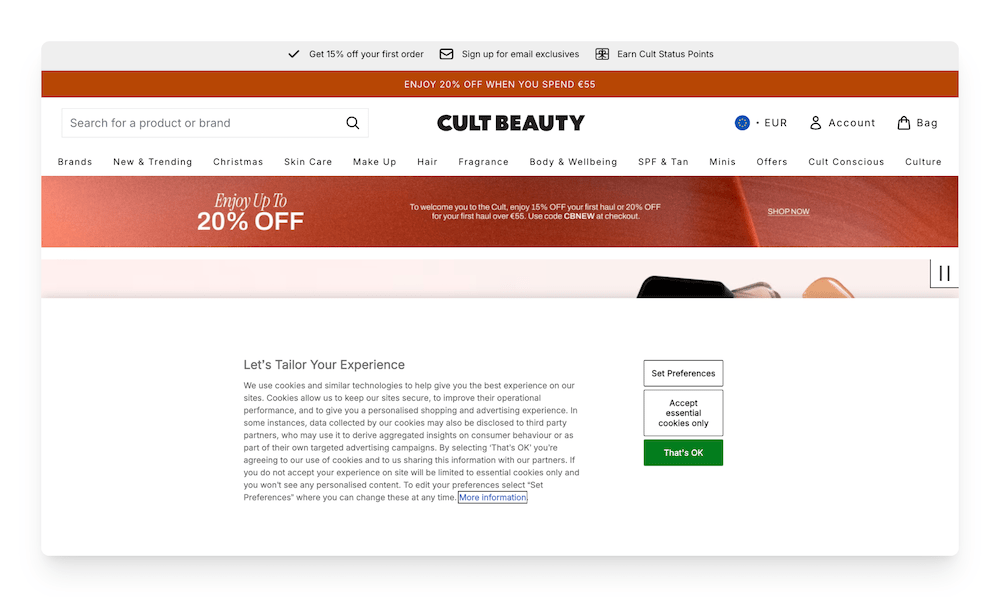
Some proudly display their trust labels: SSL, Trusted Shops, or other security certifications like 3D Secure, especially at the crucial moment of payment.

Increasingly, brands are taking the time to educate their visitors and potential customers: they explain that their preferences are used, for example, to avoid unnecessary recommendations and improve shopping experiences.
And then, we’re seeing the arrival of personalized dashboards where everyone is able to avail of communication preference management or prevent their data from being used with one click, like here on the Sézane website by clicking on the “Manage my preferences” button in the pop-up.
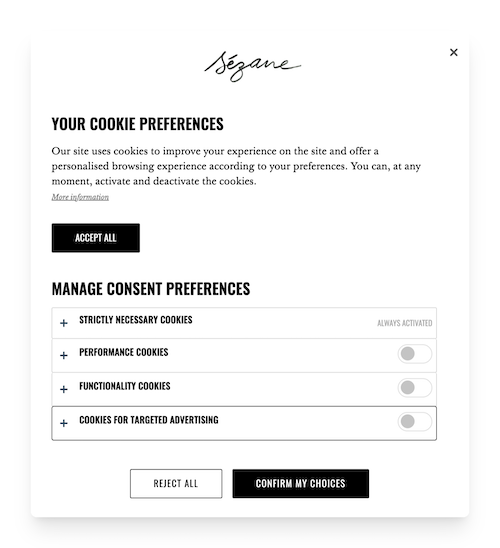
Trust is no longer seen as a “plus” in marketing: it’s become a necessity in online shopping. Even with good prices and beautiful products, if there’s even the slightest doubt about security or data usage, the shopping cart remains empty.
Today, successful brands are those that transform transparency into a true competitive advantage and make it a key selling point, everywhere online and even in their choice of image partners.
Behavior #9: Creator-driven social commerce
Social platforms have become fully integrated sales channels, where inspiration and conversion happen in the same place.
TikTok and Instagram no longer simply redirect users to an ecommerce website: they integrate checkout directly into the consumer’s favorite app. There are no longer any boundaries between social media and shopping: this is the era of social commerce, designed to meet consumer expectations and habits!
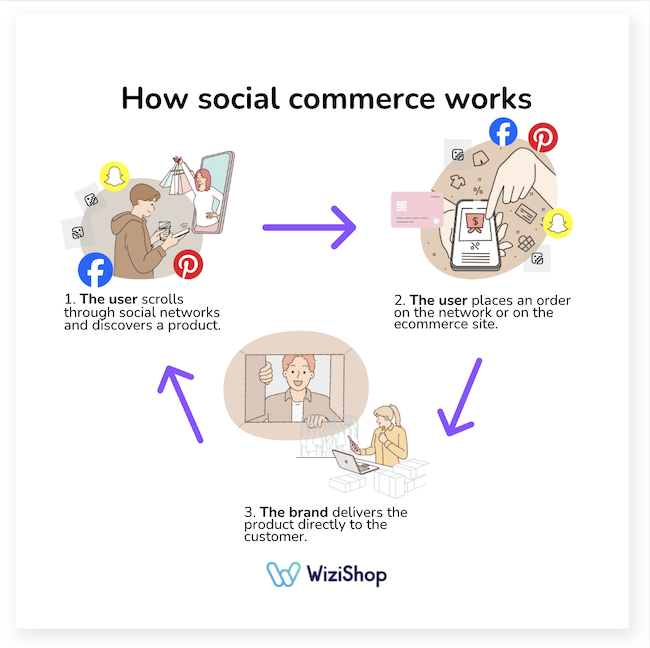
But the big difference is that it’s no longer the brands that are taking center stage; it’s the creators.
Consumers trust an authentic video from an influencer (or even a micro-creator, with fewer than 10,000 followers) more than a traditional ad. They follow their recommendations, draw inspiration from their looks, and experiment with their routines.
According to the PWC “Voice of the Consumer” global survey, 41% of consumers say that a celebrity or influencer has already influenced their buying decisions.
This means e-retailers need to rethink their strategy to integrate influencer marketing and collaborate with influencer partners who have a high engagement rate but not necessarily millions of followers. Tools like Favikon or HypeAuditor can help you quickly analyze the influencer accounts that interest you and suit your business.
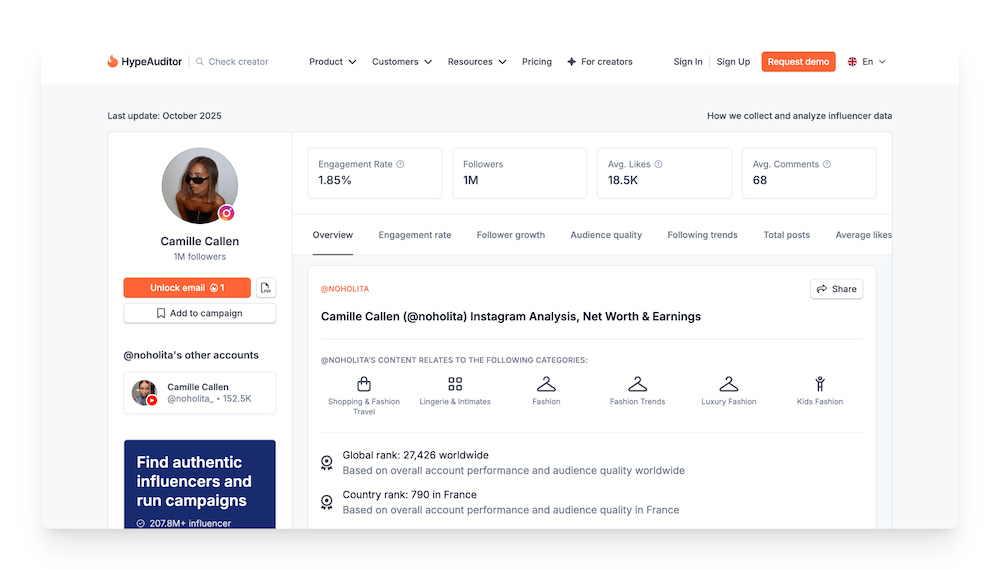
Encourage the creation of user-generated content (UGC), which seems more authentic and closer to consumer expectations.
UGC content is content that social media users like you and me create, content that highlights a brand’s product. By promoting content from non-professional social media accounts, consumers will get a sense of authenticity: consumers exposed to UGC content will not see it as a partnership or advertising campaign, but as an “authentic” opinion.
Social commerce is not a passing fad: it reflects a profound change in purchasing behavior.
→ Discover the history of ecommerce.
Consumers want to buy where they already spend their time, from people they trust.
Brands that know how to take a back seat to their communities and creators are now reaping the best results and a much more inspiring brand image! But be careful: all this must be done with sincerity, and while artificial intelligence can help retailers boost their brand image, it’s important to avoid misuse. It’s better to keep AI technology for the commercial side of online sales!
Behavior #10: AI shopping assistants and generative search
Whether we like it or not, AI technology is no longer just a tool for professionals: it’s moved to the forefront of the customer experience.
Consumers are getting used to interacting with smart shopping assistants, capable of guiding them like a store advisor but directly from their screen.
Internet users no longer need to browse dozens of pages to compare products: they ask a question in natural language (“Which noise-canceling headphones are best for traveling?”) and the assistant offers them a specific selection, with the pros, cons, and sometimes even summaries of customer reviews.
Generative search is gradually replacing traditional browsing: rather than searching, users are guided by a “co-pilot” who understands their needs and makes personalized recommendations.
This revolution has three main dimensions:
- Research and discovery. Smart comparison tools help you quickly identify the item that matches your profile and purchasing context, like here on ChatGPT directly and my latest search for a bagged vacuum cleaner.
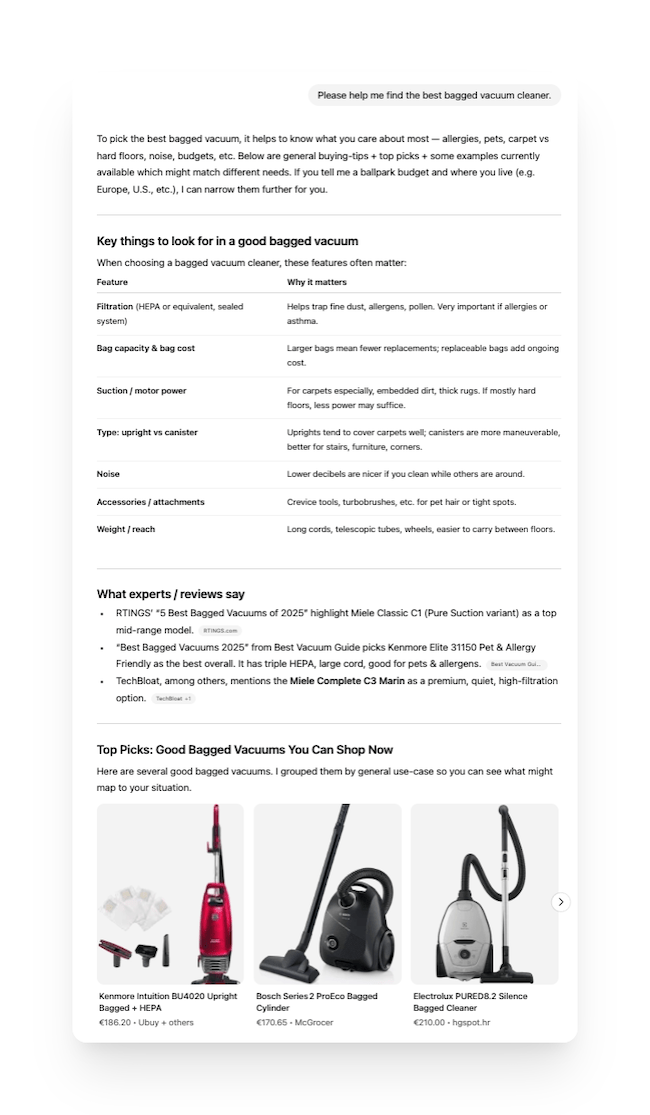
- Customer service. Dynamic, AI-generated FAQs instantly answer simple questions, leaving more detailed cases to a human, as offered on the David’s Bridal site.

AI doesn’t replace the retailer: it improves the quality of support and reduces search time, which is valuable for increasingly time-pressed customers, but it can in no way replace human support in relationship management.
E-retailers who adopt these tools today are gaining a head start in a landscape where assisted discovery will become the norm in the near future.
Behavior #11: Hunting for deals and flexible pricing
Inflation, limited buying power, and the proliferation of digital subscriptions... Consumers have become extremely price-conscious on all products. They compare more, hunt for bargains, and don’t hesitate to postpone a purchase if the perceived value isn’t there.
Invesp reports that over 64% of online shoppers put off purchasing products until they go on sale.
This sensitivity doesn’t mean that customers are always looking for the lowest price. What they want above all is good value for money and the certainty of getting a bargain.
Deal platforms, comparison sites, and even cashback platforms, which allow customers to earn money back into a virtual kitty (like TopCashback) with every online purchase, are very popular.
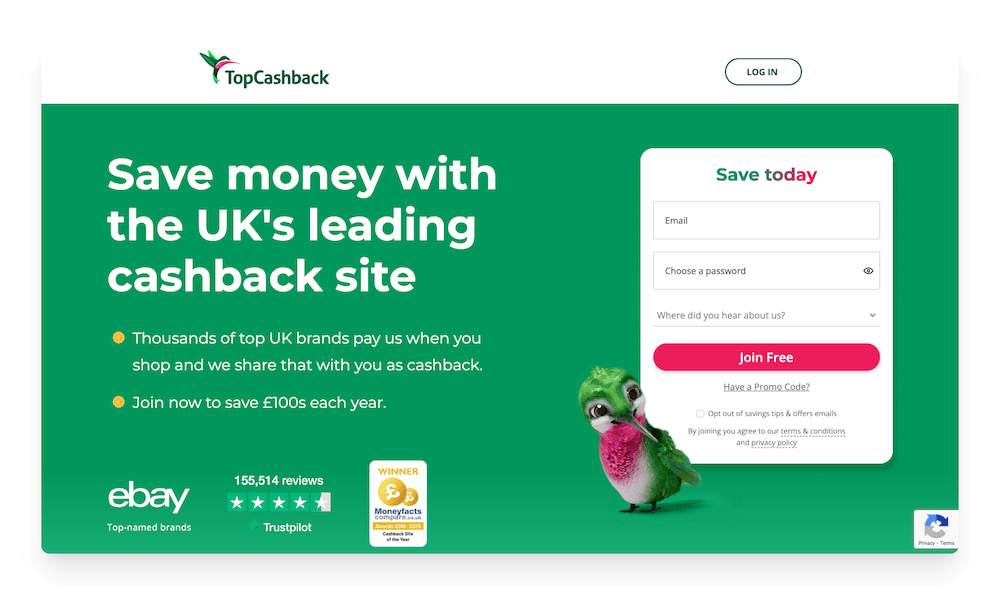
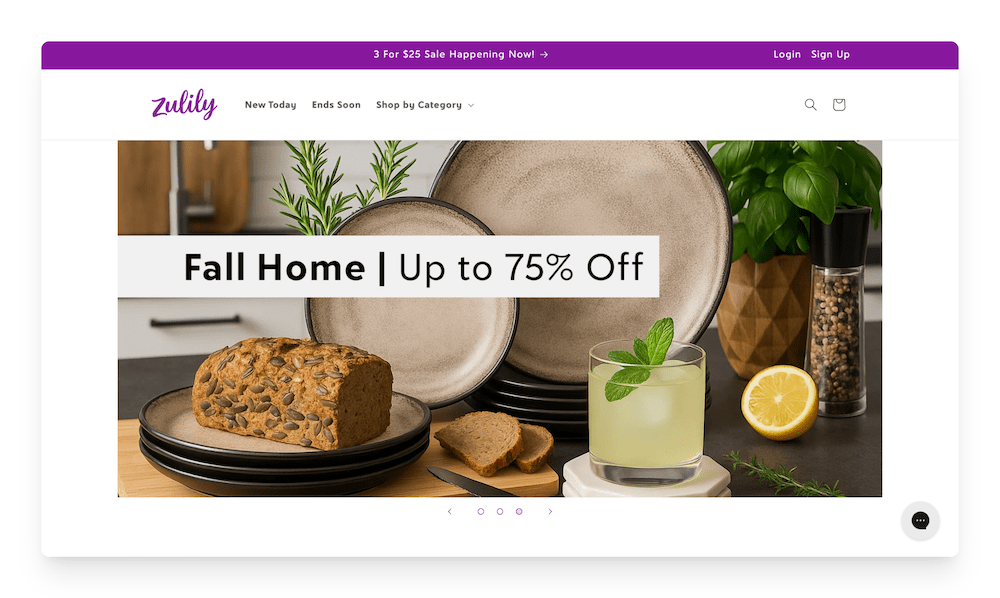
- More varied opportunities to save: an item may be considered too expensive at full price, but become attractive with a targeted discount or a well-designed promo code like here on the Herbivore Botanicals website.
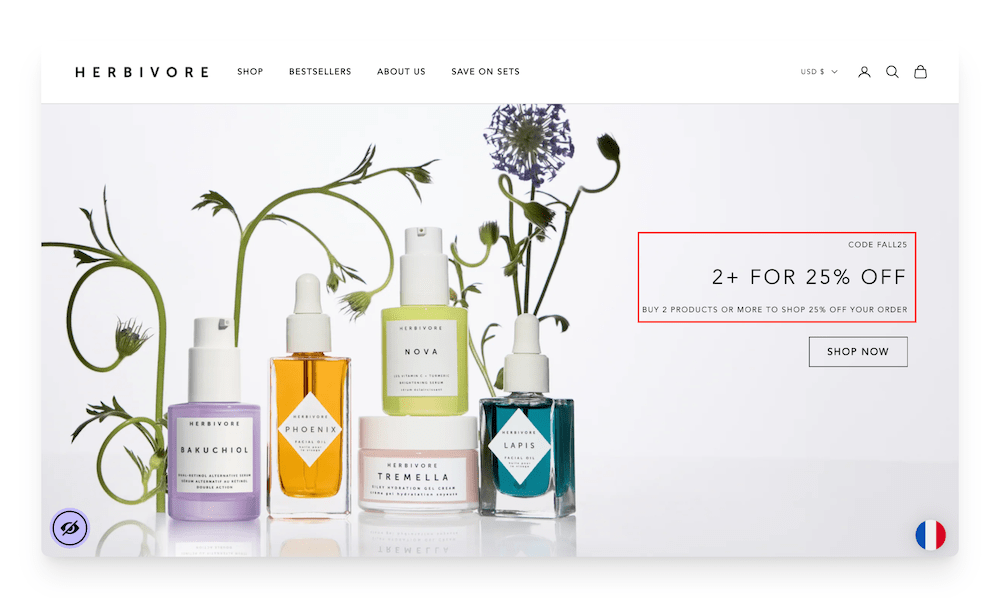
- Subscription systems to save money. More and more customers are signing up for plans that guarantee a reduced price or free shipping in exchange for loyalty (a perfect example: Amazon Prime, which includes express free delivery, streaming of films and TV series, and many other benefits, for $139 per year).
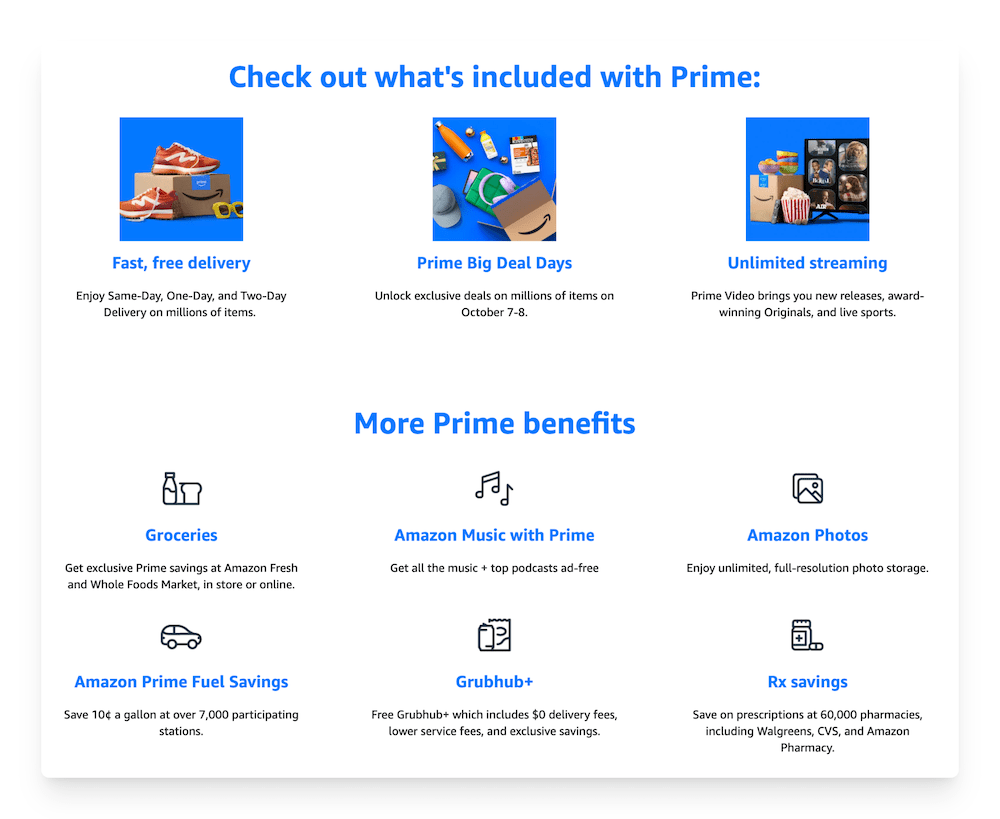
Consumers have become strategic buyers: they want to get a good deal and maximize every dollar spent.
Behavior #12: Product returns
For a long time, online retailers have promoted free and unlimited returns as a key selling point to influence consumer behavior.
But in 2025, attitudes are changing: consumers still appreciate convenience, but they recognize how some people abuse this model.
We’re therefore seeing a return to balance. Buyers are accepting more structured return policies, provided they’re clear, simple, and accompanied by practical alternatives.
Returns are now considered an integral part of the customer experience. If the process is complicated or opaque, it’s an immediate deterrent. Conversely, a smooth and transparent experience builds trust and can even encourage purchases from the outset.
Once again, based on insights from the Baymard Institute report, we understand that a return policy that doesn’t suit consumers is one of the main causes of cart abandonment.

Among the notable developments, practical physical solutions are becoming more widespread: partner relays and automatic lockers. They offer more flexibility: no need to wait for a delivery person or print a slip at home, simply go to a locker or relay point to finalize your return.
Amazon lockers are a very effective example: located in supermarkets, gas stations, or laundromats open 24/7—no need to ask your kind neighbor to pick up your package if you’re not there!
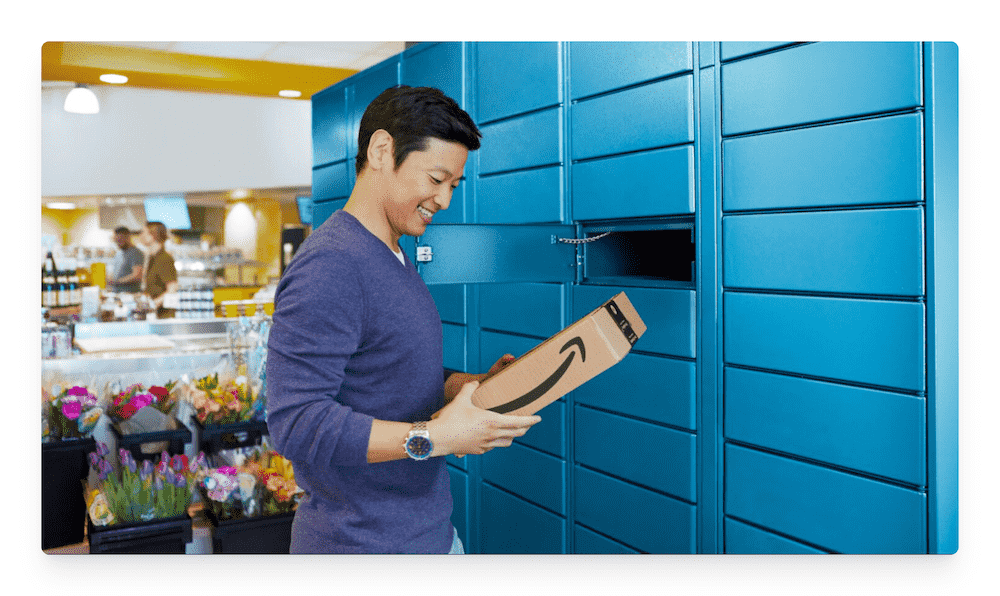
What is certain is that e-retailers have an interest in putting forward clear rules, visible from the home page as here with the reassurance banner on the Le Coin du Ring site.

Ultimately, returns are no longer seen as a simple “necessary evil” for e-retailers who would prefer to do without them, or for customers who don’t want to send their products back...
Today, this process must be seen as a step to be integrated into the ordering funnel to streamline consumer behavior: it reassures customers, allowing them to try products at home at their leisure, while e-retailers take the opportunity to collect data on their products and the reasons for returns.
Everything we’ve seen in this article leads to one key idea: customers want to buy quickly, easily, and with confidence. A mobile-friendly website, one-click payments, visible reviews, easy returns, honest communication, and immersive content... These trends are no longer bonuses, they’ve become the norm.
Then you can try out more innovative formats such as video, augmented reality, or a smart shopping assistant.
The goal is simple: remove as many barriers as possible so that shoppers click “order” without hesitation... and want to come back to your selling platform.
Ecommerce is no longer just about selling online: it’s about aiming to create a simple, seamless experience. Shoppers want to find on an ecommerce website what they already experience on their everyday apps, with every behavior tracked and driven by a useful digital marketing tool in their purchasing journey. In short, no click should be wasted!
Successful brands will be those that combine the best of digital and physical commerce, highlight social proof, simplify each step of the navigation process, and give meaning to the purchasing process.
To put it simply, the future of ecommerce belongs to those who know how to inspire, reassure, and make their customers’ lives easier!


